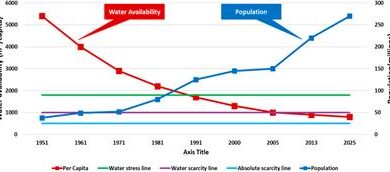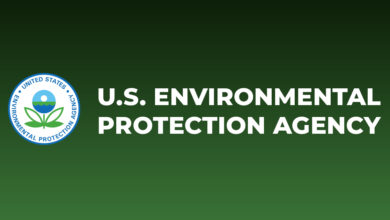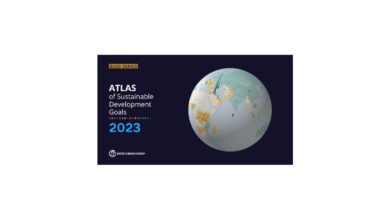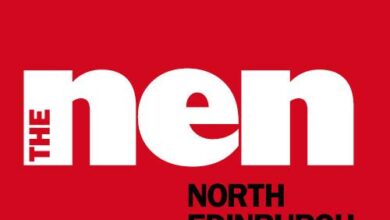Sustainable resource use – Vattenfall
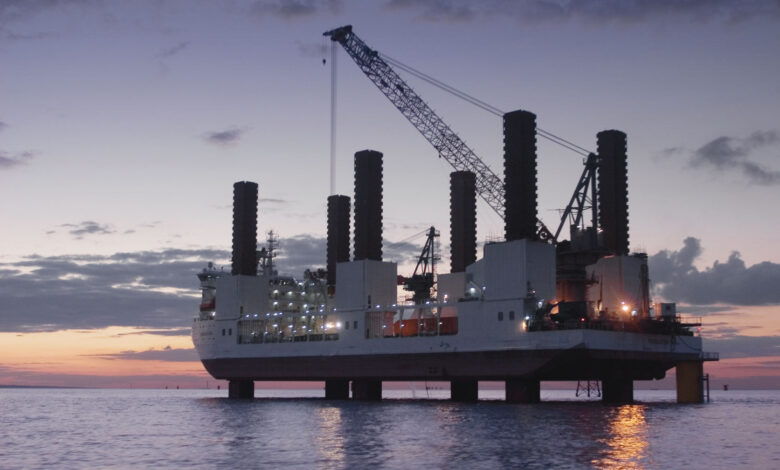
As a producer of renewable energy, we have an important role in the transition to a circular economy. Sustainable resource management is one of our key priorities and we constantly strive to optimise resources use in our operations and in our value chain. We have worked with life cycle assessments for over 20 years and this is an important tool for us in our environmental work.
Our 2030 ambition – “Towards a circular business”
By 2030, we are a circular business – maximising the value of our resources in any respect. In our value chain and with our partners we address circularity ensuring responsible use – and reuse – of all resources. For our own operations we have full insight into our resource streams and capture innovative opportunities to re-use or recycle materials, waste and by-products. End-of life aspects are integrated in design and procurement processes and when sourcing goods our primary choice is always fossil free, biogenic or recycled material.
We strive for optimisation of resource use in all parts of our operation. Below are a few examples of our targets within the area:
How we work with the sustainable use of resources
Circular economy
We believe that the transition to circular economy is an opportunity and an important piece in the puzzle for the development towards a decarbonised society. At Vattenfall we contribute to a circular economy in several ways:
- Our key role as an energy company is providing renewable energy to drive the circular economy and we invest heavily in, for example, wind and solar.
- We are developing new products and energy solutions, as-a-service based models and digital solutions to integrate small scale producers.
- We switch fuels, partner with industry to make materials more sustainable and fossil free (for example steel, cement, fuels), and work to electrify the transport sector.
- We manage environmental performance across the full value chain. We also work to design our assets and processes to reduce resource consumption, increase reuse and recycling, and extend the lifetime of our assets.
Examples of ongoing projects within circular economy
Powering the circular economy
A shift to a circular economy will require electrification of production processes and transportation, and that energy has to be fossil free. Our renewable energy powers the development of new circular inventions and solutions. For example, we have several ongoing initiatives to produce hydrogen via electrolysis – such as Hybrit, producing fossil free steel, or our cooperation with Preem to produce hydrogen for biofuel production. When fossil fuels are combusted, the result is carbon dioxide and other emissions. When hydrogen gets converted in fuel cells it forms only H2O, that is pure water. So, with green hydrogen, a significant part of today’s carbon emissions from industry, transportation and heating can be avoided.
Read more about our ongoing initiatives and partnerships on producing green hydrogen and our initiatives to electrify transportation.
Increased recovery of excess heat
Primary energy use from companies and industries is characterised by large amounts of energy losses in the form of waste heat. The recovery of excess heat is a challenge, but it is also an opportunity for business. We have therefore developed SamEnergi, which is Vattenfall’s business for purchasing excess heat from companies, such as data centres, bakeries and smelters. Recovering excess heat from businesses and supplying it to the district heating network is far from new in such but it has mainly been an option for heavy industry. With SamEnergi we now have a standardised agreement format that makes it easier also for smaller sized companies to sell their excess heat.
The solution means that Vattenfall offers to purchase excess heat, transport it and reuse it where it is needed – for example heating up nearby residential and commercial buildings. By making use of energy that otherwise wouldn’t be used, is a perfect example of how Vattenfall in cooperation with business owners contribute to a circular economy.
Reuse of mobile phones
Vattenfall IT has several policies and processes to handle environmental aspects of our IT services. Our work is guided by the Vattenfall Green IT program and we have established processes to ensure return and reuse of end-user equipment. Today all mobile phones, most laptops and desktops are taken back for reuse and refurbishment.
The Vattenfall Green IT program also includes measures to reduce the use of IT services and efforts to increase environmental certifications for tenders (for example Energy Star).
Resource management
We optimise the use of resources in all operations, and work with substitution to avoid the use of hazardous chemicals.
Water management
Water is a key resource for Vattenfall’s operations and water management and protection has been a priority for many years. We use it to produce hydro power, as a cooling agent in our nuclear and thermal power plants, and it is an integral part of the environment surrounding us. Water in our hydropower dams is also used to regulate river flows and reduce flooding risks.
Vattenfall has a high focus on ensuring environmentally sustainable management of water resources. This for example means improving water quality and working to minimise impacts on aquatic ecosystems. Vattenfall also works actively to make the use of water more efficient, for example by closed cooling cycles in some of our power plants.
Waste
For a long time, waste management has been based on the waste hierarchy but with circular thinking we must give even more thought to how to create more value and waste less resources. Someone else’s waste can be a resource for us, or the other way around.
We actively work to increase recycling, assess new options to use materials and products longer and we design to minimise waste. For example, we constantly try to increase the reuse of by-products created by our operations, such as ash and gypsum that can be used for cement production (gypsum) or road construction (bottom ash and granules). Recycling and reuse are important aspects during our decommissioning activities, and we work proactively to handle coming challenges e.g. with blade waste and recycling of solar panels.
Chemicals
We actively work towards a non-toxic environment by avoiding chemicals that have negative impact on people or nature. To avoid or minimise the use of hazardous substances a phase-out plan has been developed for the whole Vattenfall group.
Life cycle assessments (LCA) and value chain work
Vattenfall has been using LCAs as a tool for evaluating and mapping the environmental impact of the electricity generation activities in a full value chain perspective since the early 1990s. The LCA approach helps us to set priorities by identifying where environmental impacts arise and where measures need to be applied to reduce them. It is also beneficial when evaluating the environmental performance of new energy solutions.
Our customers in key markets are able to buy electricity with verified environmental data from certified Environmental Product Declarations. An EPD is based on a life cycle assessment according to international standards (ISO 14025,14040 and 14044) and offers information per kWh generated electricity.
